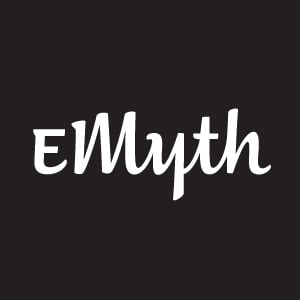This is the fifth installment in helping you fully develop and implement Org Charts and Position Agreements, which support a culture of ownership within your business. Click here for Part 1, Part 2, Part 3 and Part 4.
“My employees know what to do, but if one thing goes wrong, they just stand around.”
“They can get the job done—but only in the slowest possible way. Why don’t they work harder?”
“No one does it as well as I do or cares as much as I do.”
Have you ever thought or said something like this? These sentiments are at the heart of every owner who wants their employees to embrace their jobs in the same way they did when they first started.
If you followed this blog series, you see that we worked on the Position Agreement from the inside-out. In doing that, we left the Results Statement for last. The Results Statement can be the hardest to write, and yet it’s the key to empowering your people, so let’s work on that now.
Your goal is a Results Statement that inspires your employee to perform their role in a way that serves your vision and brand—no matter what circumstances occur to hinder them—and to empower them to pursue excellence.
Here’s a way to get started in just three steps using the example of a prep cook in a pizzeria:
Step one
Write the basic results expected for the position: “Prepare ingredients.” This comes with a simple task list to grate cheese, slice mushrooms (yum!), cut up ham, chicken, pepperoni and so on. The statement captures only the employee’s role with no attachment to others, or why they are doing it.
Step two
Show where the role fits in the business: “Support pizza makers by preparing the ingredients.”
The task list is the same, but now the employee understands that success includes doing it in a manner that helps pizza makers. They now have permission to consider ways to do their work that make it easier for the pizza makers.
Step three
Show how the role supports the business vision and brand: “Support pizza makers by preparing ingredients that satisfy all five senses .”
This statement uses emotional language to describe the end goal in mind. Suppose a shipment of mushrooms arrives looking a little, well, mushy. The employee knows the result includes “satisfy all five senses” and has the support from their Results Statement to catch the problem instead of slicing up substandard mushrooms. The Results Statement also helps them understand what quality is expected of the ingredients on the assembly line.
A few notes
- Notice how simple the Results Statements are. They use plain language and simple terms. Remember that these are for your employees, not your literature teacher.
- Add an element of inspiration. If it inspires you emotionally, but not your employee, you may not have the right person.
- You should be able to see how every Results Statement is tied to your vision or brand. This element is how your employee begins to feel like an important part of the whole. It gives your employee the permission and support to seek improvement and excellence in their role.
Do you see how a Results Statement can change the way an employee feels and thinks about their job? Work on the Results Statements with your employees as you round out your Position Agreements. These Position Agreements will become the cornerstone for helping you develop your people as individuals and build a team that is just as passionate as you are about the success of your company.



Comments